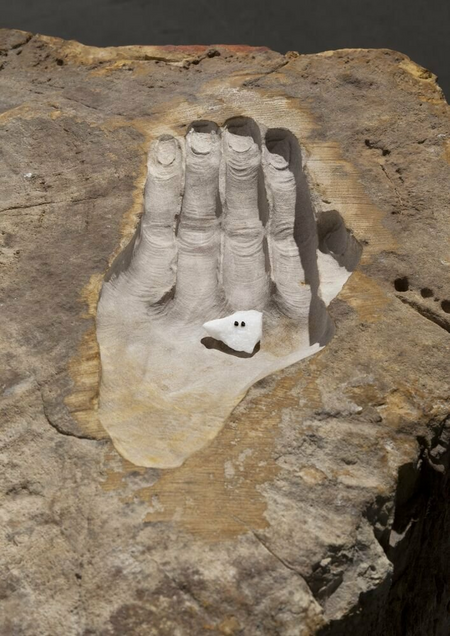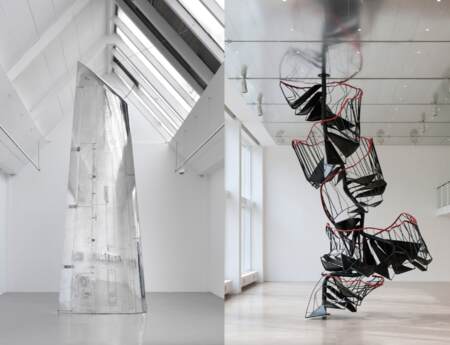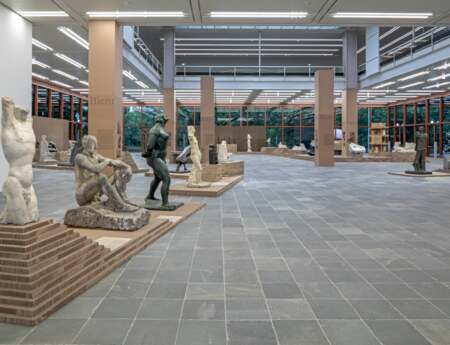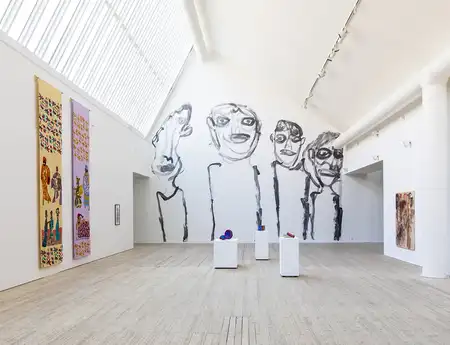Bourse de Commerce - Pinault Collection
2 rue de Viarmes
75001 Paris
France
Arte Povera
We’re set to end the year in style at the Bourse de Commerce, which will trace the birth of a revolutionary movement: Arte Povera. Appearing in Italy in the mid-1960s, Arte Povera positioned itself as a detractor of the consumer society and quickly became the anti-pop art movement, preferring natural or recycled materials to American ostentation. The exhibition is curated by the great theoretician of the movement, Carolyn Christov-Bakargiev, and relies on the vital funds of the Pinault Collection, but also on large Italian loans. It presents attendees with the works of the architects of the movement, from Jannis Kounellis to Giuseppe Penone via Giovanni Anselmo.
The exhibition, curated by Carolyn Christov-Bakargiev, an internationally recognised expert in Arte Povera, retraces the history of this movement, from its birth in Italy to its spread across the world, through a large selection of major works by the thirteen main protagonists of Arte Povera. The exhibition will display important works of Arte Povera from the Pinault Collection, in resonance with pieces from the Castello di Rivoli museum and the Fondazione per l'Arte Moderna e Contemporanea CRT. The exhibition will also include works on loan from several other major private and public collections in France and Italy, including those of the Arte Povera artists themselves.
In the mid-1960s, various Italian artists began to exhibit together under the banner of “Arte Povera”, or “poor art”, a term invented in 1967 by the art critic and curator Germano Celant, who adapted it from the concept of “poor theatre” put forth by Polish experimental theatre director Jerzy Grotowski.
The artists most closely associated with this movement — Giovanni Anselmo, Alighiero Boetti, Pier Paolo Calzolari, Luciano Fabro, Jannis Kounellis, Mario et Marisa Merz, Giulio Paolini, Pino Pascali, Giuseppe Penone, Michelangelo Pistoletto, Emilio Prini, and Gilberto Zorio – were mainly interested in the intersections of art and life and of nature and culture. They suggested that a work of art consists of the subjective experience of a material, its transformations, and space, and they focused their attention on the “primary” energy that flows through all aspects of life, one that is experienced directly and which is not shaped by the codification of representations, ideologies, and languages. On the one hand, this energy corresponds to the fundamental physical forces of nature – gravity and magnetic fields – and on the other, it refers to the primordial elements of human nature – vitality, memory, and emotion. These artists from Turin, Genoa, Bologna, Milan, and Rome created a highly original, free-spirited, utterly unconventional and non-dogmatic oeuvre. They expanded the fields of painting, sculpture, drawing, and photography, and they created the first “installations” in the history of art, as well as performance works and actions. They moved from one style to another without concern for a “distinctive style”, adopting everyday practices to shape humble materials, both natural and artificial, into works of art that generate a profound experience of the here and now in viewers.
Arte Povera artists were interested in situations of basic perception, combining their fascination with daily life with a deep respect for artistic tradition. Mistrusting the excessive intellectualisation of art, they shared the belief borrowed from Baroque aesthetics that complex heterogeneity and incoherence are positive values and an expression of creativity. By radically transforming the language of contemporary art, Arte Povera changed the course of Western art history. It formulated an expansive definition of artistic creation that has engendered a fruitful dialogue with the more global artistic expressions of the present day.
For furher information see here.



